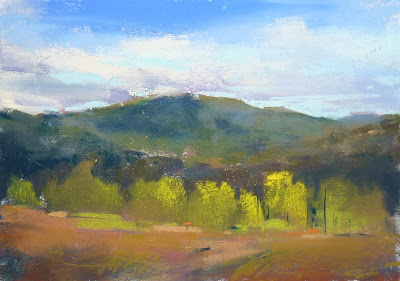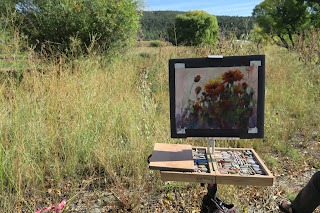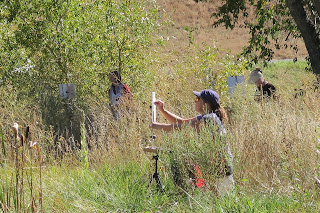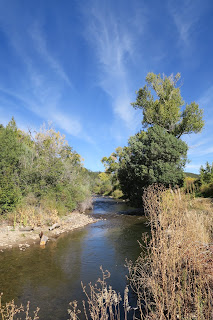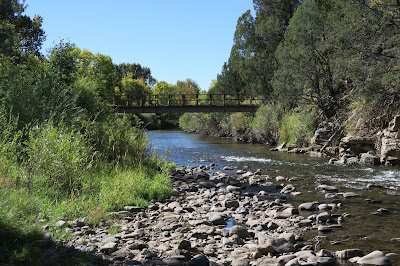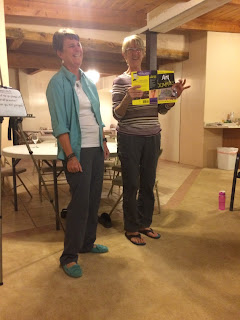 |
| 'Bumblebees Invited' 11x14 pastel ©Karen Margulis painting available $165 click here |
I should know better. After all I am immersed in the study of color as I prepare for a workshop. The topic is color! I am planning to cover the challenges and problems we have when working with color and pastels. One of the points I will cover is the idea that color isn't the answer to every problem.
Sometimes a painting isn't working and color is not the problem!
Take today's painting of coneflowers. It was a demo for yesterday's pastel class. I was demonstrating a watercolor underpainting. The underpainting was successful. And the demo moved along well but after I had gotten my points across I was not quite happy with the painting. Something was wrong.
My first thought was COLOR. The colors of the flowers were wrong maybe? So I changed and added more purples. No that was not it. Maybe it was the colors of the grasses. So I changed and added more greens to the grasses. No the painting still felt wrong. Then it hit me.....it wasn't a color problem at all. It was a COMPOSITION problem! The top two flowers were exactly the same size and height. It threw everything off.
 |
| flowers are the same size and height....boring. I brushed out the flower on the right |
Often this is the case. The color is not the problem. There may be a problem with the underlying design/composition. Or there may be a problem with the value structure....especially spotty values. We turn to color to 'fix' the problem and we end up overworking the painting and creating a dull lifeless painting by filling the tooth of the paper and over blending.
So I took my own advice and made a change to the design. I brushed out one of the flowers and repositioned it a bit higher and made it larger. I added a taller flower on the left and a couple of bumblebees for interest and movement.
 |
| brushing out the offending flower |
The slight change to the design was what was really needed. Not a change in color or value. The problem could have been avoided with a better plan. In this case I did do a thumbnail but my brain took over and decided to rearrange the flowers! I'm glad I remembered to check the composition before I did anything more drastic to the colors!
***Newsflash**** We have a couple of last minute cancellations for our plein air workshop in Blue Ridge Georgia this October 2-4. I will be team teaching with Marsha Hamby Savage and it will be a great workshop. Let me know if you are interested!


































































